TRACCE no. 11 – Andrea Arcà
Digital auto-tracing in Rock Art Recording. Applications of computer vectorial design.
In the same way that we need to have a good reproduction of the scenes depicted or embossed in vases, we have the necessity of recognising perfectly all the figures engraved on a rock surface…
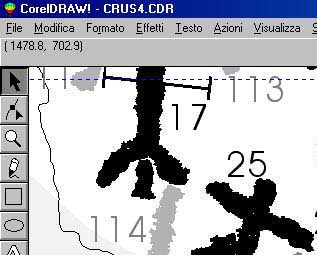 In the same way that we need to have a good reproduction of the scenes depicted or embossed in vases (fig. 1), we have the necessity of recognising perfectly all the figures engraved on a rock surface. In most cases the engraved figures are very faint, and often superimposed one each other (fig. 2-3). The complete recognition of all the figures and of all the superimpositions is the basis for a correct rock art recording , it means the basis for a correct “rupestrian archaeology”.
In the same way that we need to have a good reproduction of the scenes depicted or embossed in vases (fig. 1), we have the necessity of recognising perfectly all the figures engraved on a rock surface. In most cases the engraved figures are very faint, and often superimposed one each other (fig. 2-3). The complete recognition of all the figures and of all the superimpositions is the basis for a correct rock art recording , it means the basis for a correct “rupestrian archaeology”.
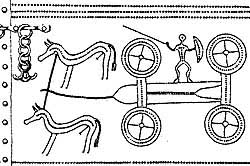 Figure 1 – The Hochdorf Kline, drawing |
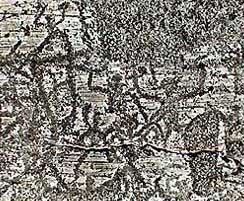 Figure 2 – Superimposed figures at Naquane rock 57 |
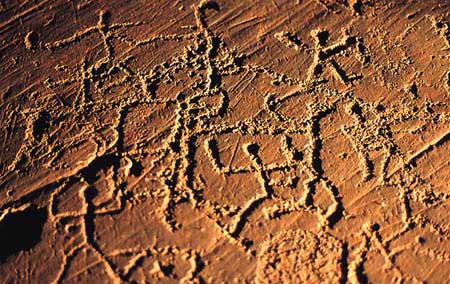
Figure 3 – Superimposed figures on the Big Rock of Paspardo, Valcamonica
Obviously the most important thing is the experience of the rupestrian archaeologist, who is able to recognise the figures related to the particular rock art culture he is studying and is able to look attentively at each superimposition, recognising the underpositioned and over positioned figures, which can deliver data exactly like an archaeological stratigraphy.
Manual tracing
Relating to these necessities the best method is the manual tracing. In Valcamonica, which is probably the richest Alpine and European open air rock art pole, it has been developed and improved in more than 30 years of research. Tracing is done by transparency (figg. 4-5) with the plastic sheets in direct contact with the engraved surface. The direct contact with the rock surface and the manual operating are by far the best way to recognise figures on the engraved surfaces.
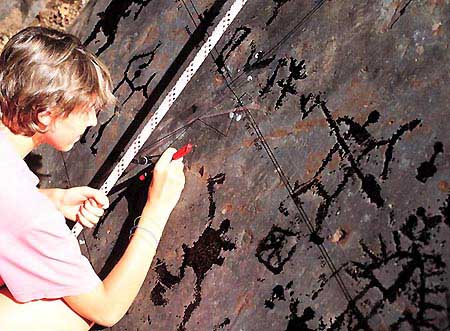
Figure 4 – Tracing on the Big Rock of Paspardo, Valcamonica, summer 1998
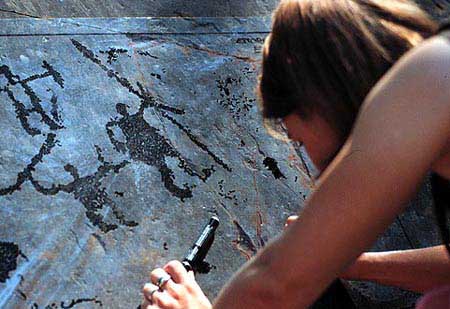
Figure 5 – Tracing on the Big Rock of Paspardo, Valcamonica, summer 1998
Assuming a correct way of operating, we obtain a series of traced plastic sheets (standard dimension are 60 x 80 cm, fig. 6), which composition deliver like a puzzle the entire engraved surface. The figures have been reproduced as bidimensional and not coloured, only black. As it is not possible to manage the tracings in the original (1:1) dimension, there is the need to reduce them to a suitable scale.
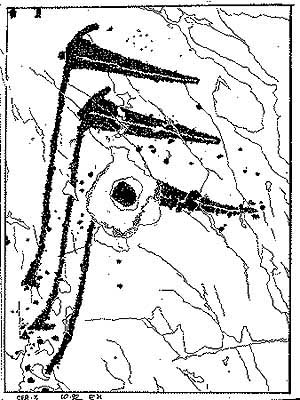
Figure 6 – A traced sheet from Corni Freschi rock, Valcamonica, Copper Age (picture, tagged image file)
Each sheet is reduced by photography or photocopy, and joined with the others to obtain the complete surface. This work is normally done by manual cutting and gluing. Here for example a sector of the Rupe Magna in Valtellina (fig. 7), which surface contain 5454 figures in 85 sectors. For this work Footsteps of Man traced in 5 year 780 plastic sheets, then reduced, manually recomposed and integrally published in the final book.
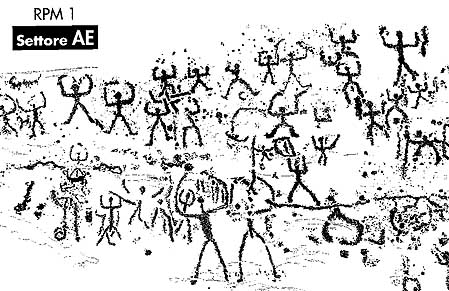
Figure 7 – Sector AE of Rupe Magna, Valtellina (picture, tagged image file)
Vectorial design
Another way to accomplish this work is given by the graphic software, scanning and auto-tracing the reduced sheets.
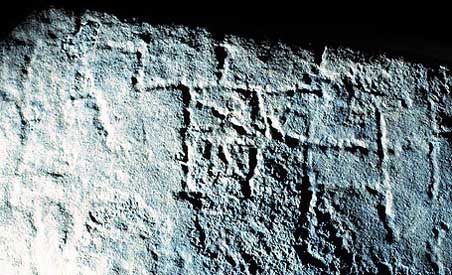
Figure 8 – The CEN-CRL2 rock (Valcenischia, I) in a grazing light picture
Here the entire proceeding described in six steps.
- The plastic sheets are reduced by 25% (1:4) scale each. It means that each sheet is contained in an A4 paper sheet. This work is normally still done manually, as it is not easy to find an A0 or A1 scanner.
- Each reduction is scanned as B/W bitmap. A 300 DPI resolution is sufficient. This gives a *.TIF or *.BMP or *.PCX file for each scanned sheet.
- Each *.TIF file must be “cleaned”(fig. 9), it means that we need to detach by at least 2 or 3 pixels the figures from the natural scratches or from other close figures, in order to make possibile their identification like an individual “object”. The cleaning is possible in most picture manipulation software (Photoshop, Photopaint, Paintshop). This is the longest works, and in the case of very intricate rock surfaces it could take a lot of time. Depending from the hardware (mostly RAM or PS RAM of the printer) and software (the version of the program) characteristics it possible that auto tracing programs not allow to overcome some thousands curve nodes for each figure. In this case there is the need of dividing the figure (always by pixel manipulation) and reconstructing it after the auto tracing.
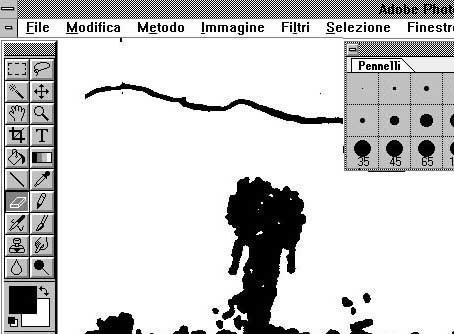
Figure 9 – Cleaning a tracing (CEN-CRL2 rock) with Photoshop (picture, tagged image file)
- After the cleaning each *.TIF file is submitted to the auto tracing, i.e. the transformation in a vectorial design. The best software to do it is Corel Trace or Free Hand. Both programs allow to set preferences. It is important to set the best accuracy in order to obtain the largest number of points for each figure. The result is an *.EPS file, where the outline of the figure is transformed in curve nodes. Each single figure, even few centimetres long, can bear more than 1000 curve nodes (a “curve node” represent the point where a curve change direction, fig. 10), obtaining a better definition than the photogrammetry tracing, which is anyway manually accomplished on the monitor.
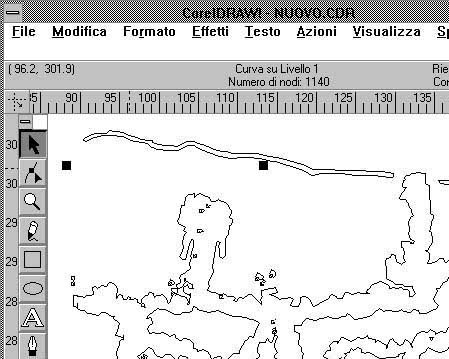
Figure 10 – 1140 curve nodes (CEN-CRL2 rock) in the figure left (vectorial design)
- All the *.EPS auto traced files must be imported in Corel Draw or Free Hand. The auto tracing of each sheet is turned in the right position and joined with adjacent sheet, exactly like moving, cutting and gluing manually the sheets on a table.
- The final result (fig. 11) is the entire tracing of the surface as a drawing (a vectorial design, where only direction and extension of each line are described) and not as a picture file (where on the contrary each pixel is described as black or white or coloured). Each figure and each natural crack is now a workable object.
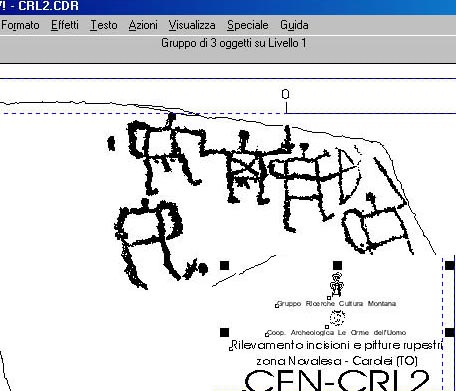
Figure 11 – The final work, rock CEN-CRL2 (Valcenischia – I, vectorial design))
Features
In this way there is the possibility of best managing the tracing. Here are some of the most important features.
- Objects. Each figure and each natural crack or line or outline border of the rock is now an object. It means that is possible by a click to change colour or line thickness. It is possible to group or join into the same curve the desired similar objects, like for example all the natural scratches or all the same kind figures to define their characteristics only once and not each by each (fig. 12).
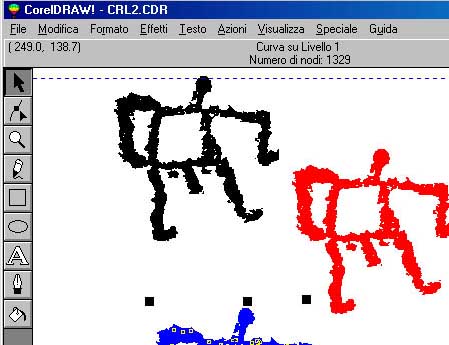
Figure 12 – Changing colors (vectorial design, CEN-CRL2 rock)
- Scaleability. All the objects are scaleable, it means that they don’t loose definition and quality by reducing or enlarging their dimensions.
- Graphic features. It’s very easy to add frames, text captions, figure numbers, arrows or circles pointing to the desired objects.
- Managing. The file dimension are much less heavy than a picture image file. It is faster to open and to print, not producing huge PostScript files as normally pictures do.
- Portability. The native and Free Hand graphic files can be easily exported in quite all graphic formats. It is possible to export the entire drawing or only parts of it, also reducing or enlarging real dimensions. Web transmission is very easy, transforming the tracing in a *.GIF file, normally very light.
- Publishing. All the doors to publishing are open and better managed, as is possible to easily produce files for the final output in books or scientific publications.
Many of these results can be obtained also by working on pictures files by imaging software. But all the previously cited features are surely better managed by working with vectorial designs.
Experiences
Figurative engravings. A complete “auto tracing” has been experienced for the Pera dij Cros (the rock of the crosses) and for some rocks in the Susa Valley, both in Italian western Alps. Direct contact tracings have been made by the archaeologists of the Footsteps of Man archaeological co-operative. The work has been conducted under the enchargment of the Piedmont Archaeological Superintendence.
In the Pera dij Cros case 22 sheets has been reduced, scanned, auto traced and composed in Corel Draw (fig. 13). In this way it has been possible to add the sections of the engravings, to colour in grey the part of the surface which was underground before the discovering of the rock in the ‘70s, to underline by different grey tonalities the different kinds of engravings (human figures and crosses). The final digital tracing has been stored in 2 versions, adding in one of them the cataloguing number of each figure.
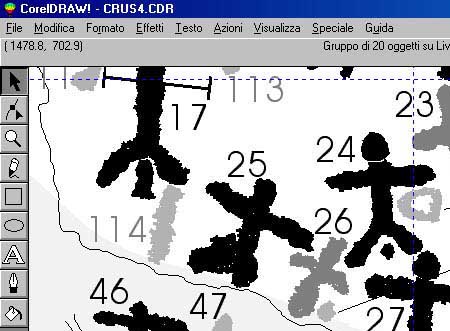
Figure 13 – Pera dij Cros digital tracing, numbers added (vectorial design)
The same work has been experienced in the Mompantero (fig. 14) and in the Novalesa areas, both in the Susa Valley, where 18 rocks has been digitally auto-traced. Also in this case different kinds of engravings has been outlined by different grey scales.
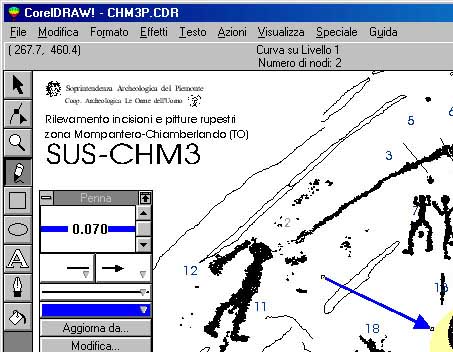
Figure 14 – The rock SUS-CHM4, partial vision (vectorial design)
Cup-marks. In the Albedosa valley (I), again by enchargment of Piedmont Archaeological Superintendence, ten rocks have been auto-traced. It is a different kind of rock art, with only cup-marks (fig. 15). There is no evidence of pecking, so only each cup-mark or groove border is to be traced. In this case deepness has been marked with level curves (one each cm), darkened with progressive grey tonalities.
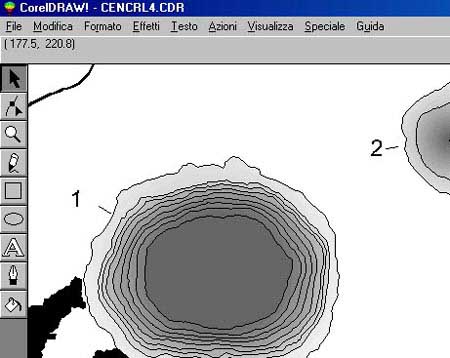
Figure 15 – Cup-marks digital tracing (vectorial design)
Paintings. The same method (manual tracing and computer vectorial rendition) has been applied to the Cavour (I) open air paintings (fig. 16-17). The different layers of superimpositions and of colours have been translated in different tonalities (fig. 18). In this case the manual tracing has been done with the help of a PhotoShop enhanced picture (fig. 17), where the colours had been previously changed and pushed to an artificial contrast by a tonality substitution. This method is obviously more successfull when the painting colour is different from the base rock colour. On the contrary if a red painting has been executed over a reddish surface the picture manipulation and the colour separation and/or substitution will be clearly not so successful. It is to be pointed anyway that “authomatic” colour or brightness manipulations are very rarely completely objective: each passage could cause the loss of some detail, each different filter could result in a slightly different shape of the painted figure. My personal opinion is that even in this case we can’t abandon the manual tracing, thus adding a fundamental photographic control with natural and enhanced pictures or, better, doing a double work and comparing the different results.
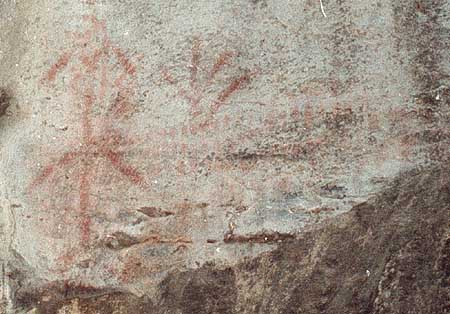
Figure 16 – The CAV-RCC5 open air rock painting, original picture
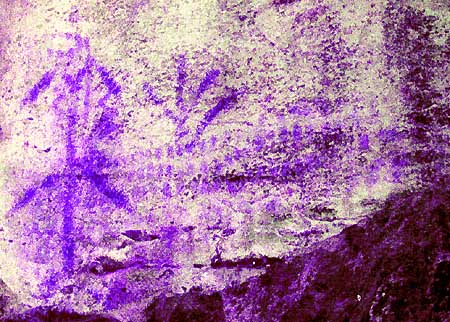
Figure 17 – The CAV-RCC5 open air rock painting, PhotoShop enhanced picture
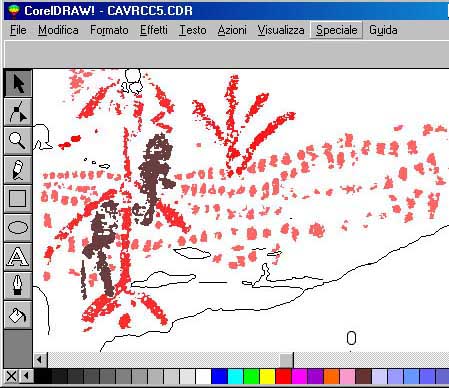
Figure 18 – A particular of the digital tracing of the Cavour rock paintings (vectorial design)
In conclusion the digital auto tracing method reveals to be a powerful tool in Rock Art recording. It is more appropriate in case of not heavily filled and superimposed engraved surfaces, where the work of the digital cleaning is particularly long, anyway possible. Its archaeological and scientific accuracy depend obviously by the quality of the manual tracing, while its software management qualities are undoubtful. The software – hardware evolution will certainly offer in the immediate future new improvements in this particular field of the Rock Art research.
Andrea Arcà
Cooperativa Archeologica Le Orme dell’Uomo
p.zza Donatori di Sangue 1 – 25040 CERVENO (BS)
+39-0364-433.983 fax +39-0364-43.43.51
contact page
References
- ARCA’ A. – FOSSATI A. – MEARCHI E. – TOGNONI E., 1995. Rupe Magna, la roccia incisa più grande delle Alpi, Consorzio per il Parco delle Incisioni Rupestri di Grosio, Ministero per i Beni Culturali e Ambientali e Culturali – Soprintendenza Archeologica della Lombardia, Grosio
- FOSSATI A. – JAFFE L. – ABREU M. 1990. Rupestrian Archaeology, Orme dell’uomo, Cerveno
- FOSSATI A. – ARCA’ A., 1997. Tracing the Past, Petroglyph reproduction for Rupestrian Archaeology, “TRACCE Online Rock Art Bulletin”, 7, online here
- FOSSATI A., 1997. Rupestrian Archaeology, “TRACCE Online Rock Art Bulletin”, 6, online online here
- A Power Point version of this paper, with more pictures and an Italian translation, was available online
- Una versione Power Point di questo testo, con un maggior numero di immagini, era disponibile online
back to index TRACCE no. 
![]()
![]()
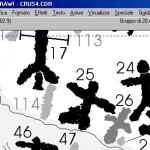
















Leave a Reply